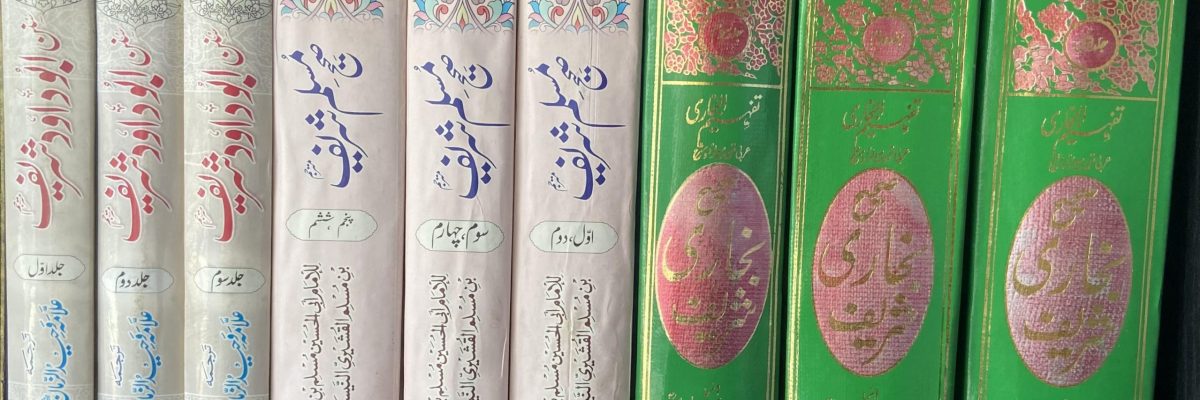In the name of Allah, the most Beneficent, the most Merciful.
Answer
The most preferable and cautious view is to read and say what Allah (SWA) says in his book or what His Messengers say about him, without making any comments on what it is meant by it. That is, words such as wajh (face) are metaphors and taking the literal meaning is clearly impossible.
Allah (SWA) in the Holy Quran has said
‘There is nothing whatsoever like unto Him, and He is the All-hearing, the All-seeing’ (Surah Shura v.11)
One is to believe such expressions have an appropriate understanding that fits Allah and the rest is to be left to the scholars to discuss and clarify. This is the way of the Salaf.
To understand this Masala properly, we will first look at what is meant by sifaat (attributes) and nuoot (exterior qualities). Shaikh Al-Himyari says in his book, ‘Tasheeh-al-Mafaaheem al-Aqadiyya’, about the words of Imam Tha’lab:
‘Sifah is a way of identifying the essence of a thing. It covers what is specific to a place on the body, like the word lame for example, that describes the leg or foot…’ (p.47)
Abu Al-Baqaa states in Al-Kulliyaat, ‘The na’at is an expression about the exterior quality that enters within the essence of something and other things like it, such as the nose, the fingers, tallness, shortness etc…’ (p.901-902)
Imam Toosi (RA) states in his Al-Luma: ‘The na’at is the report given by those describing the actions of the one being described, the rules that apply to him, and his behaviours. And the Sifah is what never separates from the one being described. The essence (dhat) is the thing that stands by itself. And the name (ism), exterior quality (na’at), and the essential attribute (sifah) are ways of identifying the essence’. (p.127-p.128)
Shaikh Al-Himyari has said, ‘It has become clear from the comments of Imam Toosi that the sifah is the characteristic that is present in the essence and is never separated from it. And the ‘na’at’ is the actions resulting from the essential attributes (sifat) and their traces. Therefore, the anger, plotting and mocking are external qualities of Allah, not attributes’. (Tasheeh al-Mafaaheem p.49)
With regards to the understanding of divine attributes which appear to be similar between the creator and creation is as follows:
- Mushabihah. They give such words its original and ordinary meaning and say that Allah (SWA) has a hand, face like his creation.
- Mutazilah and Khawarij: They hold the belief that Allah does not have any external attributes (sifah)
- Mufawidha: They would consign the specific meaning and details of such matters to Allah (SWA)
- Muawilah: ‘Sometimes when the need arose some early (salaf) and later (khalaf) Muslim scholars gave such “problematic texts” a meaning such as the Hand means power etc’ (Darse Tirmizi p.200 v.2)
The latter scholars engaged in Tawill more than earlier scholars because of the harms these were causing to many of the believers.
The Ahlus Sunnah Wal-Jamaat say that the truth is that we accept these qualities for Allah (SWA) and no effort will be made to unravel the reality of it through opinion, kashf and ilhaam. As these qualities of Mustashabihat appear in the Holy Quran and Sunnah, we accept them as they are without any investigations. We do not interpret them as do the Mutazilas, so that we do not become deniers of the qualities of Mutashabihat as the Qadarias and Mutazilas and we do not say like the Mushabbihas that Allah (SWA) has limbs and organs.
Those qualities which Allah (SWA) attributes to Himself in the Quran and Hadith we believe in and we hand over the reality of the meanings to Allah (SWA). Allah (SWA) is All Hearing and All Seeing. However, His Listening and Seeing is not like our listening and seeing. In the same way that his Hands and Feet are not like our hands and feet. This is the view and belief of all pious predecessors and the four Imams of Fiqh.
Imam Abu Hanifah (RA) says “When Allah (SWA) mentions in the Holy Quran about His Face, Hands, Soul, Eyes, they are his qualities. It is not said that His Hand signifies His Power and Blessings, because it is a negation of His Qualities….”
This is also reported from Imam Malik, Imam Shafi, Imam Ahmad bin Hanbal and the Scholars of Hadith. It is extremely difficult for a weak, incapable human being who has limited speech and understanding to properly explain the Perfect and Excellent Qualities of Allah (SWA). We can say this much that from the possibilities, these Qualities are the best and highest possible.
(Aqaaidul Islam – Moulana Idris Kandhlawi p.49-p.50)
Only Allah Knows Best
Mohammed Tosir Miah
Darul Ifta Birmingham

